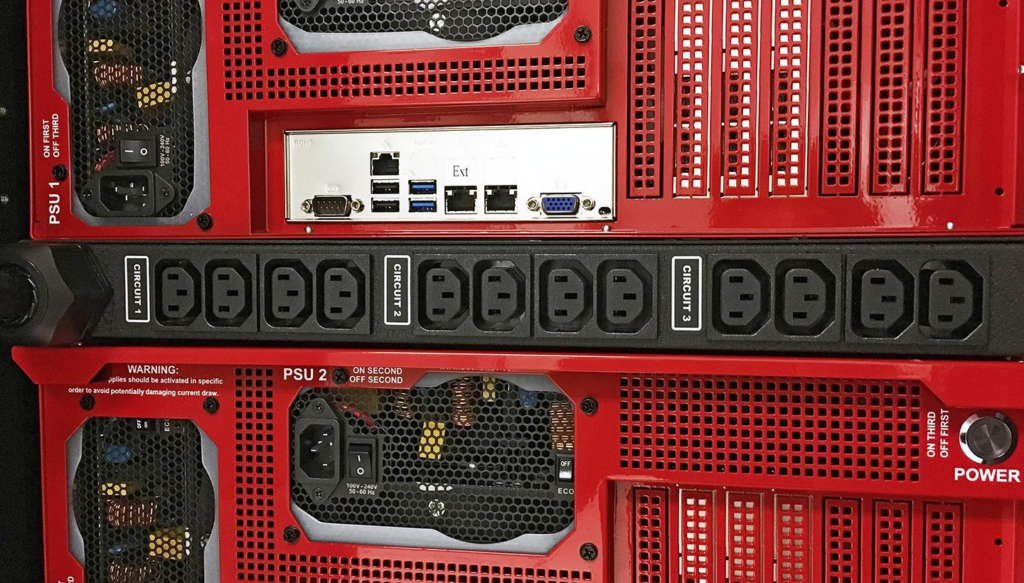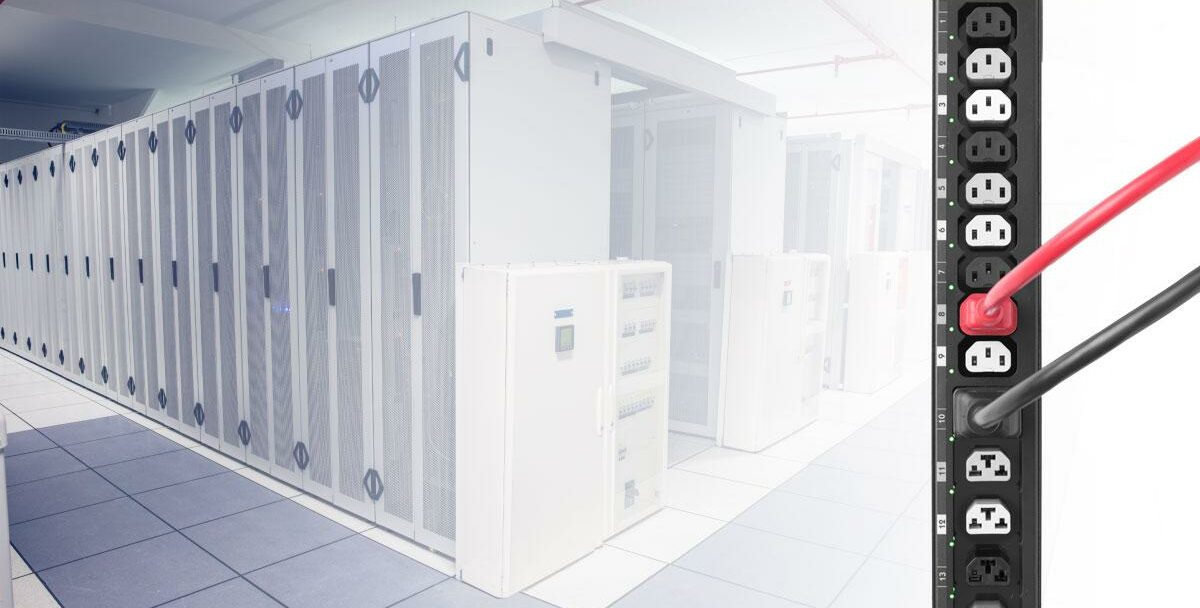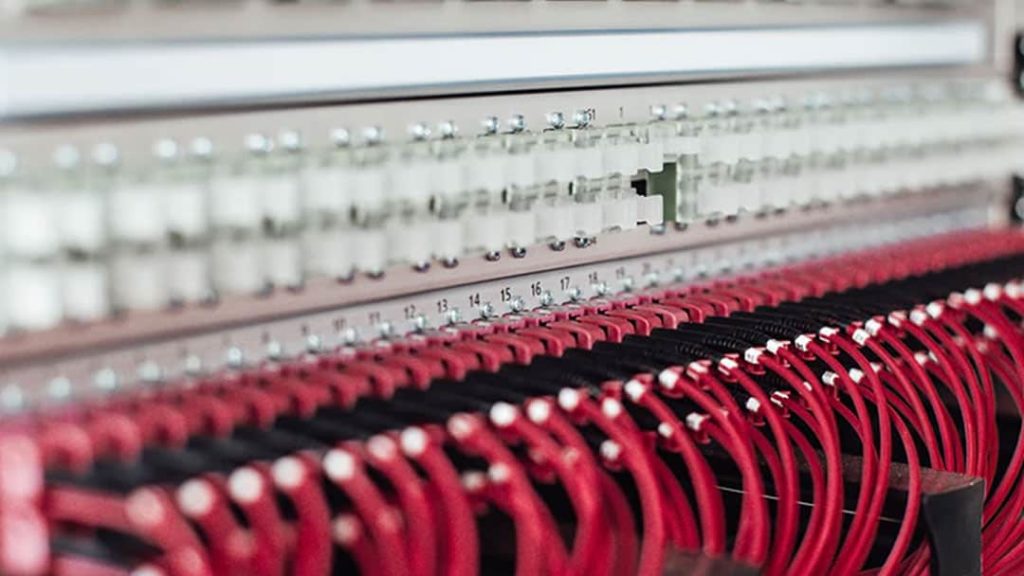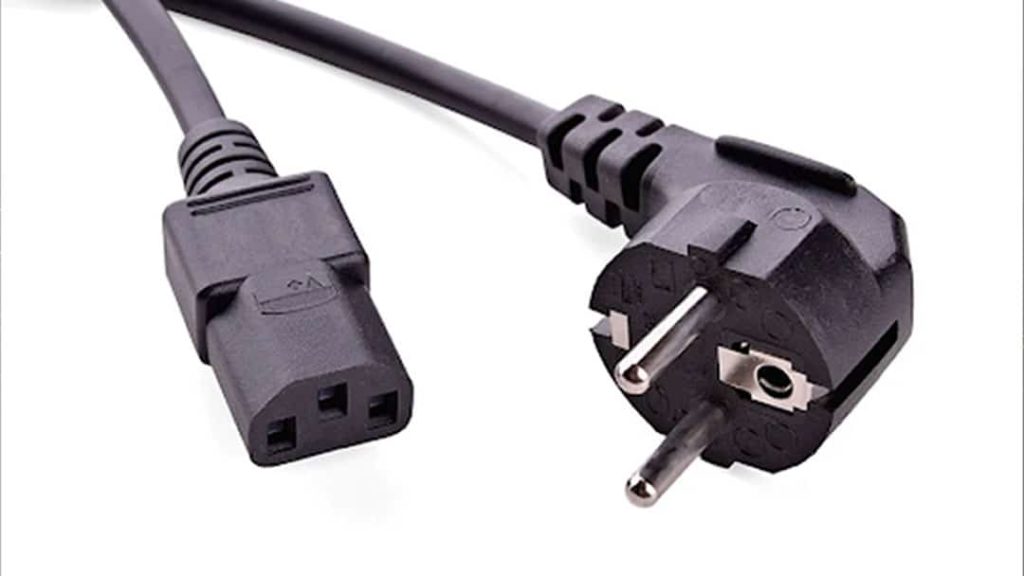Data centers are critical infrastructures that power our digital world, hosting a vast amount of servers, networking equipment, and storage devices. Efficient management of power distribution is essential to ensure the smooth operation and optimal performance of these data centers. Power Distribution Units (PDUs) play a crucial role in controlling and distributing electrical power within data centers. In this article, we will explore the significance of PDUs in enhancing data center efficiency, their different types, and the benefits they offer.
What is a Power Distribution Unit (PDU)?
A Power Distribution Unit (PDU) is a device used to control and distribute electrical power in a data center environment. Advanced PDUs have features like real-time monitoring and remote access, while basic PDUs are essentially large power strips without surge protection. PDUs are typically installed directly onto a rack and can receive power from various sources, including uninterruptible power supplies, utility power suppliers, generators, or secondary power sources. They are designed to handle power requirements that are much larger than standard home or office power strips and surge protectors.
Related Link: Cable Jacket Ratings: What Does Your Cable Need?
The Role of PDUs in Data Centers
PDUs serve the purpose of distributing power to multiple devices simultaneously in data centers. Due to the sheer number of devices present in these environments, plugging them all into a single power supply is impractical. PDUs solve this issue by efficiently distributing power to servers, computers, networking equipment, storage devices, and telecommunications equipment. By utilizing PDUs, data centers can ensure proper power management, balance power loads, and enable remote monitoring of power consumption.
Types of PDUs
Power distribution units come in various types and form factors to suit different data center requirements:
- Rackmount PDUs: These PDUs are directly mounted onto equipment racks and offer control and monitoring capabilities for specific servers, switches, and other devices. They help in balancing power loads and efficiently managing power distribution within racks.
- Floor-mounted PDUs: Floor-mounted PDUs provide an alternative power source to the primary power supply and data center equipment racks. They offer flexibility in power distribution and can be strategically placed for optimal power management.
- Cabinet PDUs: Cabinet PDUs feature main and individual circuit breakers, along with power-monitoring electrical panels. They are ideal for providing power to multiple racks with high-current requirements. Cabinet PDUs facilitate efficient power distribution and monitoring within a cabinet setup.
- Portable PDUs: Portable PDUs are non-mounted devices designed for consumer use in homes and offices. While they are not typically used in data centers, they can be useful in certain scenarios where temporary power distribution is required.
Eager to optimize your workplace with innovative tech solutions? Stay informed by visiting our blog regularly!
Basic PDUs vs. Intelligent PDUs

PDUs can be classified as basic or intelligent based on their capabilities:
- Basic PDUs: Basic PDUs focus on power distribution and do not offer advanced monitoring or control features. They include basic power strips that distribute voltage and current to multiple outlets. Some basic PDUs also display basic electrical data for monitoring purposes.
- Intelligent PDUs: Intelligent PDUs provide advanced power management features, including, monitoring, control, remote outlet switching, power metering, and issue notifications. They offer enhanced data center management capabilities, reduce energy consumption, and provide better control over power distribution.
Related Link: Fiber Optics vs Copper Cabling Compared
Benefits of Intelligent PDUs
Intelligent PDUs offer several advantages that contribute to enhanced data center efficiency:
Improved Data Center Management: Intelligent PDUs provide features such as power metering and remote capabilities, allowing data center managers to monitor and manage power distribution effectively. They offer real-time insights into power consumption and enable proactive decision-making for optimizing power usage.
Reduced Energy Consumption: By monitoring power consumption, intelligent PDUs help organizations gauge and analyze their power usage patterns. They enable the remote switching of outlets, allowing devices to be powered off when not in use, thereby reducing energy waste and improving overall energy efficiency.
Better Control over Power Distribution: Intelligent PDUs offer granular control over individual outlets and groups of outlets. This enables data center operators to remotely toggle power to specific devices or groups of devices, providing greater flexibility and control over power distribution. It also facilitates efficient troubleshooting and maintenance, as specific devices can be powered off or restarted remotely as needed.
Accurate Energy Consumption Data: Intelligent PDUs provide detailed energy consumption data, allowing data center operators to identify power-hungry devices, track energy usage trends, and identify areas for improvement. With accurate energy consumption data, organizations can make informed decisions to optimize their power distribution strategies and reduce energy costs.
Enhanced Monitoring and Alerts: Intelligent PDUs continuously monitor power parameters such as voltage, current, and power factor. They can send real-time alerts and notifications to data center operators in case of power abnormalities, overloads, or other potential issues. This proactive monitoring helps prevent downtime, ensures the reliability of critical equipment, and enables timely response to power-related incidents.
Capacity Planning and Scalability: Intelligent PDUs provide insights into power usage and available capacity, making it easier for organizations to plan for future equipment provisioning and expansions. By understanding power requirements and capacity limitations, data center managers can ensure that power resources are properly allocated, avoiding overloading circuits and maintaining optimal performance as the data center grows.
Choosing the Right PDU

When selecting a PDU for a data center, it is important to consider several factors:
- Installation Type: Determine whether the PDU will be mounted on a rack, placed on the floor, or installed in a cabinet. Consider the orientation, whether it will be mounted vertically or horizontally, to ensure compatibility with the data center setup.
- Power Source and Rating: Identify the type of input power required, whether it is AC or DC, and the rated voltage suitable for the organization’s country. Additionally, consider the power requirements of the equipment to be connected to the PDU and ensure that the PDU’s maximum load rating can accommodate the total power demand.
- Number of Outlets: Assess the number of outlets required to support the devices in the data center. It is advisable to choose a PDU with more outlets than currently needed to allow for future expansion and flexibility.
- Outlet Types: Consider the types of plugs used by the devices in the data center and select a PDU that offers the appropriate outlet types to match those plugs. This ensures compatibility and eliminates the need for adapters or additional equipment.
- Additional Features: Evaluate the specific features required for efficient data center management. Determine if basic power distribution is sufficient or if advanced monitoring, control, and remote access capabilities are necessary. Consider the organization’s present and future needs to choose the most suitable PDU type.
Installing a PDU
The installation process for a PDU may vary depending on the specific model and type. However, here are some general steps involved in installing a rackmount PDU:
- Align the vertical-mounting brackets with the rack and attach them securely to the PDU.
- Connect the power cord to the PDU, ensuring a proper fit.
- Route and secure the power cord to its power source, avoiding any potential hazards.
- Use cable straps or ties to secure the power cord neatly and prevent any accidental disconnections.
- Connect the servers or rack devices to the outlets on the PDU, ensuring proper power distribution and balancing.
Want to streamline your processes and boost productivity? Explore our range of technology services and solutions!
Enhancing Your Data Center Efficiency
Power Distribution Units (PDUs) play a crucial role in enhancing data center efficiency by effectively managing power distribution, enabling remote monitoring and control, and providing valuable insights into power consumption. The different types of PDUs cater to diverse data center requirements, from basic power distribution to advanced intelligent capabilities. By choosing the right PDU and implementing intelligent power management strategies, organizations can achieve improved data center management, reduced energy consumption, better control over power distribution, and accurate monitoring of energy consumption.
Related Link: Data Center Air Containment Proper Procedures
Last Updated on June 8, 2023 by Josh Mahan




